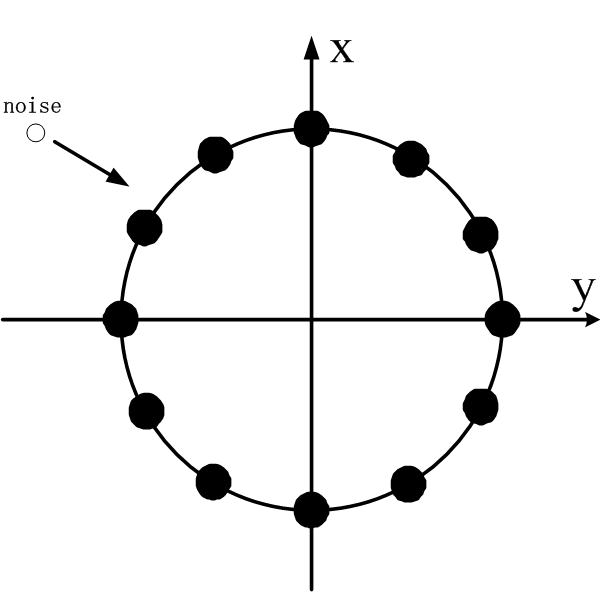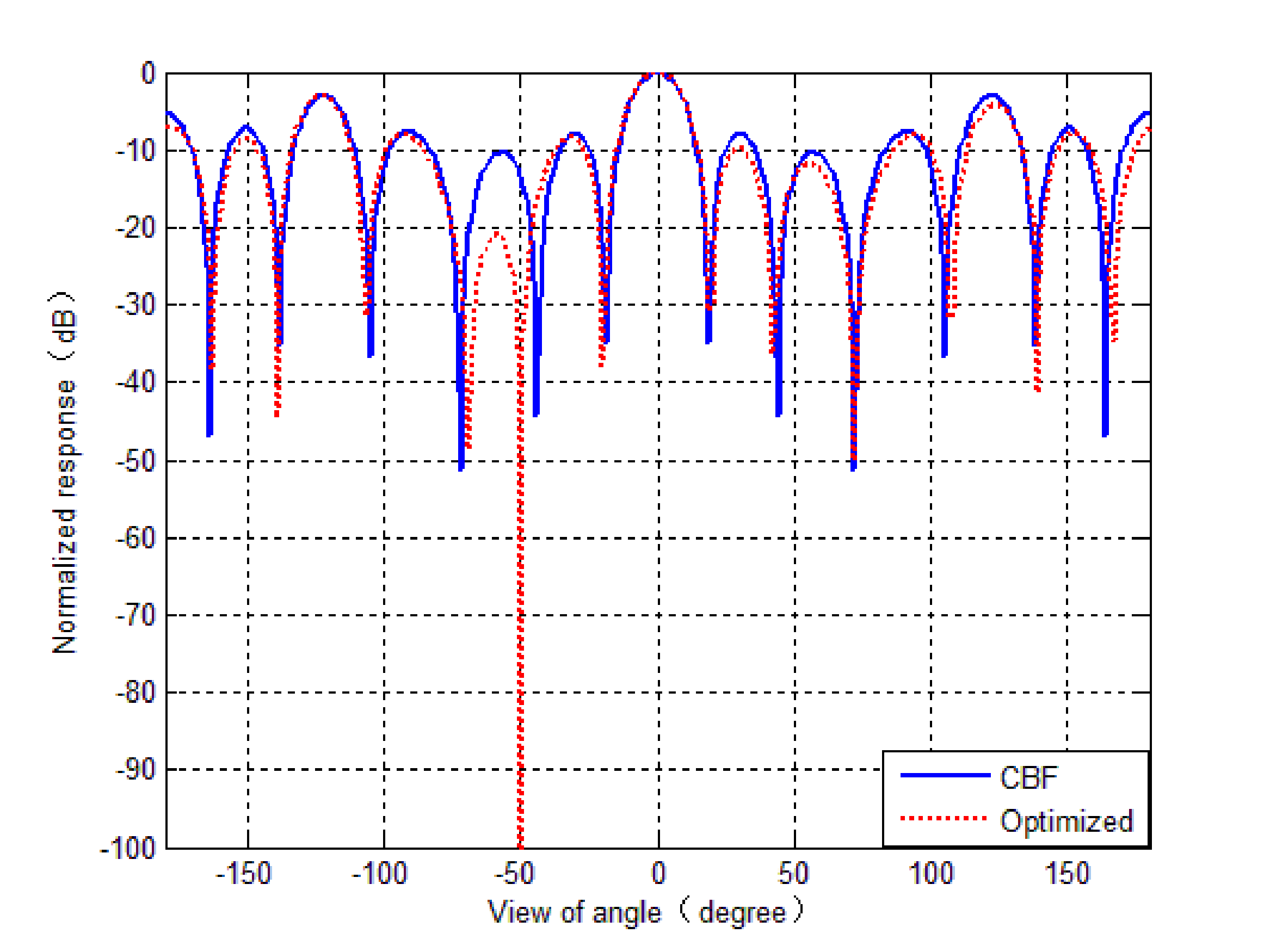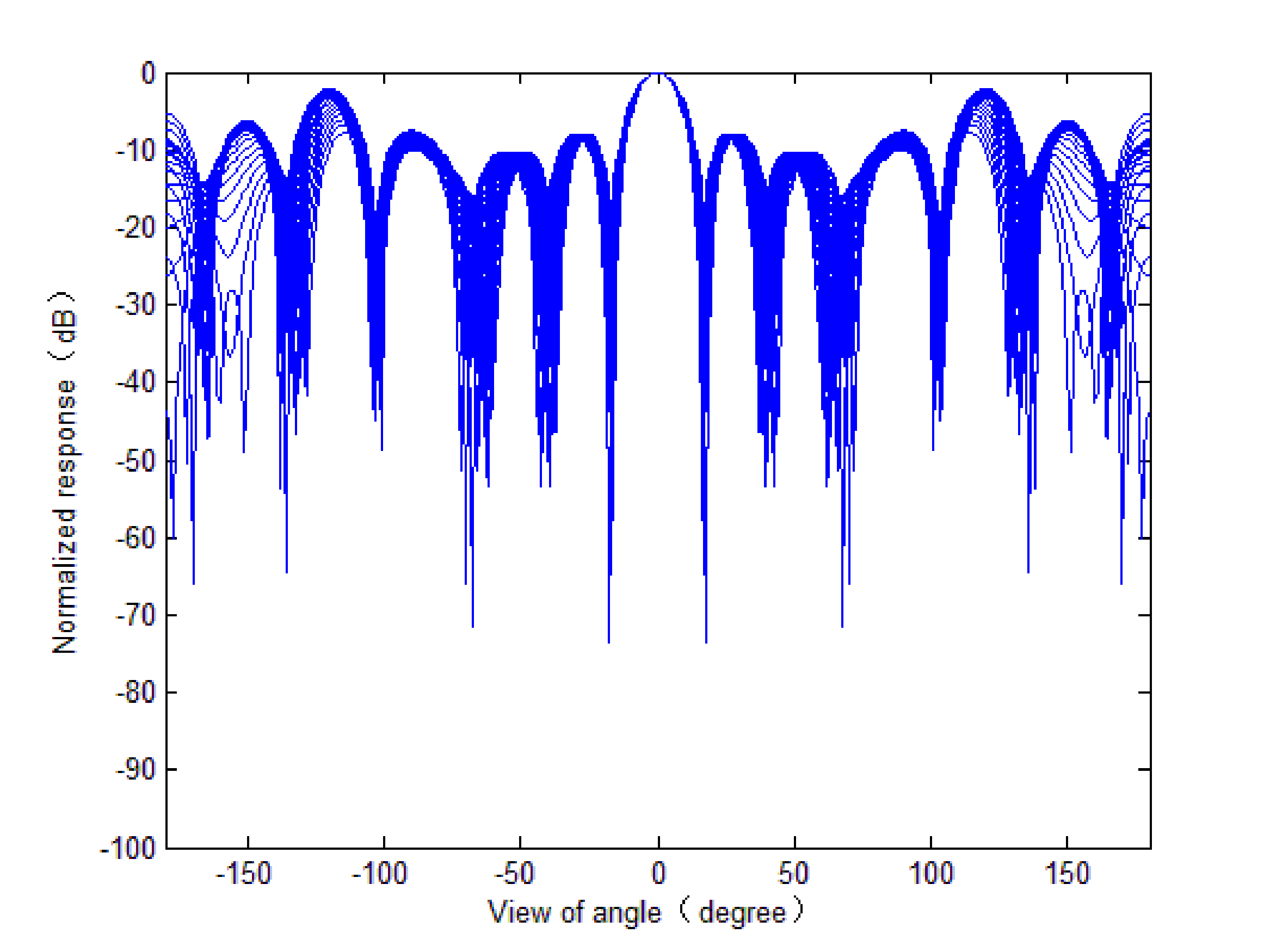Bo Yang – byang@yahoo.cn
Jie Feng
Ming Wen
The Third Research Institute of China Electronics Technology Group Corporation
Beijing, 100015, China
Popular Version of Paper 4pHT1
Presented Thursday afternoon, May 17, 2012
163rd ASA Meeting, Hong Kong
Acoustic detection technique in the air usually uses a microphone array to receive the sound wave to obtain the target's attributes, such as optimal direction of arrival estimation, signal characterization, classification, localization, and tracks, etc. Microphone array design and optimization are very important areas in array signal processing. There are some criteria adopted in the microphone array design and optimization. One of the criteria that traditional approaches usually adopt is the optimization of desired beam properties, such as maximization of array gain and minimization of side lobe levels. But these approaches focus on achieving some desirable beam characteristics at a fixed frequency.
A fundamental objective in the design of a microphone array is optimal passive broadband detection capability which is usually degraded by the presence of discrete noise interference, because detection performance is generally a prerequisite to tactical utilization. The discrete noise interference is often reduced by mechanical means such as isolating mount, pressure release materials, etc. However, we hope to find a supplementary means to reduce the impact of the noise by using the array design that the goal is for the microphone array to minimize output noise, subject to the constraint that it preserves finite response to a signal arriving from the steered direction. Our research focus on reduce the impact of the noise on passive detection is through an appropriate choice of parameters called array weighting coefficients. The choice of these weighting coefficients determines the spatial filtering characteristics of the array for a given geometry.
To achieve this goal, a microphone array is required. This array which is electrically steered to receive an incident acoustic wave in the look direction is looking for weak signals of unknown spectrum in the presence of noises. Under conditions of low signal-to-noise ratio, the microphone array receives noise as well as signal. Different from adaptive beamformer, the existing broadband delay-and-sum beamformer is available. The use of delay-and-sum beamformers is commonplace in passive microphone array design. These are often referred to as conventional beamformers. The conventional beamformer functions by applying a time delay to each sensor and multiplying each of these by a prescribed weighting coefficients before summing the element responses to provide the beamformer output.
The deflection coefficient (corresponding to a beamformer output signal to noise ratio) is a criterion for the detection performance. So the goal is to find weighting coefficients that maximizes the deflection coefficient over the frequency of interest. We know that the signal characteristics are unknown, so it is helpless in the array design optimization process. However, the beamformer output spectrum due to noise-only can be calculated in terms of physical model, empirical data and experimental data, etc. Therefore, it will become the point of entry into the design optimization process. The noise-only beamformer output spectrum is the only useful component of deflection coefficient that can be optimized at the design stage. This problems can be solved by the numerical optimization algorithm with second-order cone programming (SOCP) applied in array signal processing area.
To illustrate the proposed method, consider a planar circular array of 12 omnidirectional microphones, as shown in Fig 1. The array radius is 0.8 meter. Assume the circular array is electronically steered to its main response axis, which is the detection of -axis. An external point noise is placed with incident angle ![]() .
.
 |
Fig. 1 12-element circular array with an external point noise |
For the optimization of desired array shading weights, the second-order cone programming is used and an optimization of the weighting coefficients is performed. Fig.2 gives a comparison of the beampattern by proposed method and CBF in single frequency at . Result shows that the deep null is formed in the noise direction.
 |
Fig.2 Conventional beampattern and optimized beampattern in single frequency |
 |
Fig.3 Conventional beampatten over the broadband design frequency |
 |
Fig.4 Optimized beampattern over the broadband design frequency |
In this paper, an optimum design approach is presented to optimize passive broadband detection performance for discrete noise suppression, with the example of a circular microphone array optimized through the adjustment of array weighting coefficients. This is accomplished by numerically maximizing the deflection coefficient of a classical square-law detector under the assumption of a small signal-to-noise ratio. The numerical optimization problem is solved by second-order cone programming (SOCP). Under this approach, the conventional beamformer (time domain delay-and-sum beamformer) is not redesigned, and only the weighting coefficients of the conventional beamformer are adjusted.